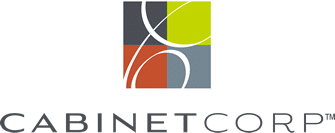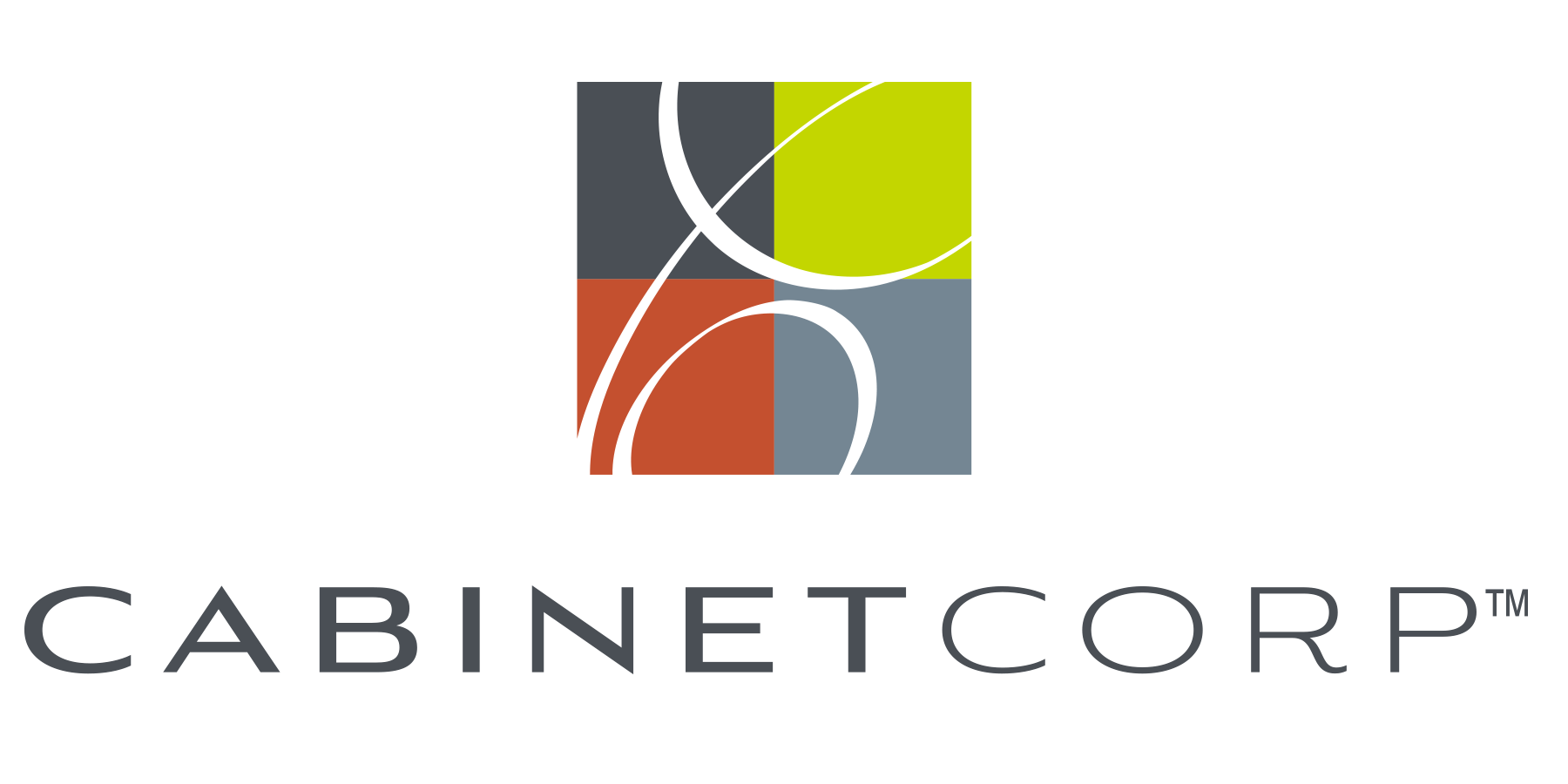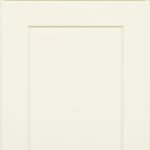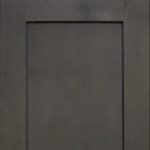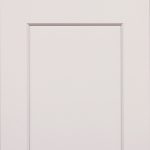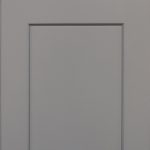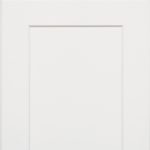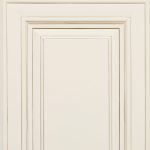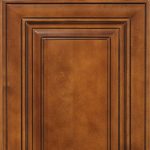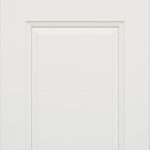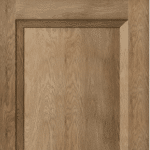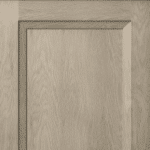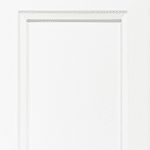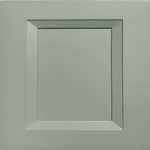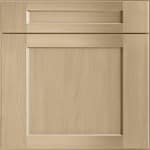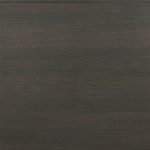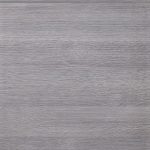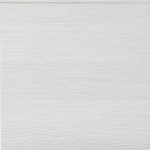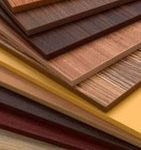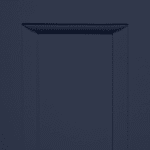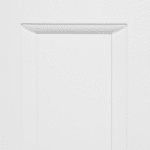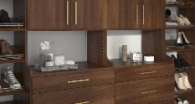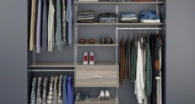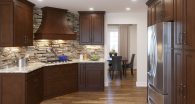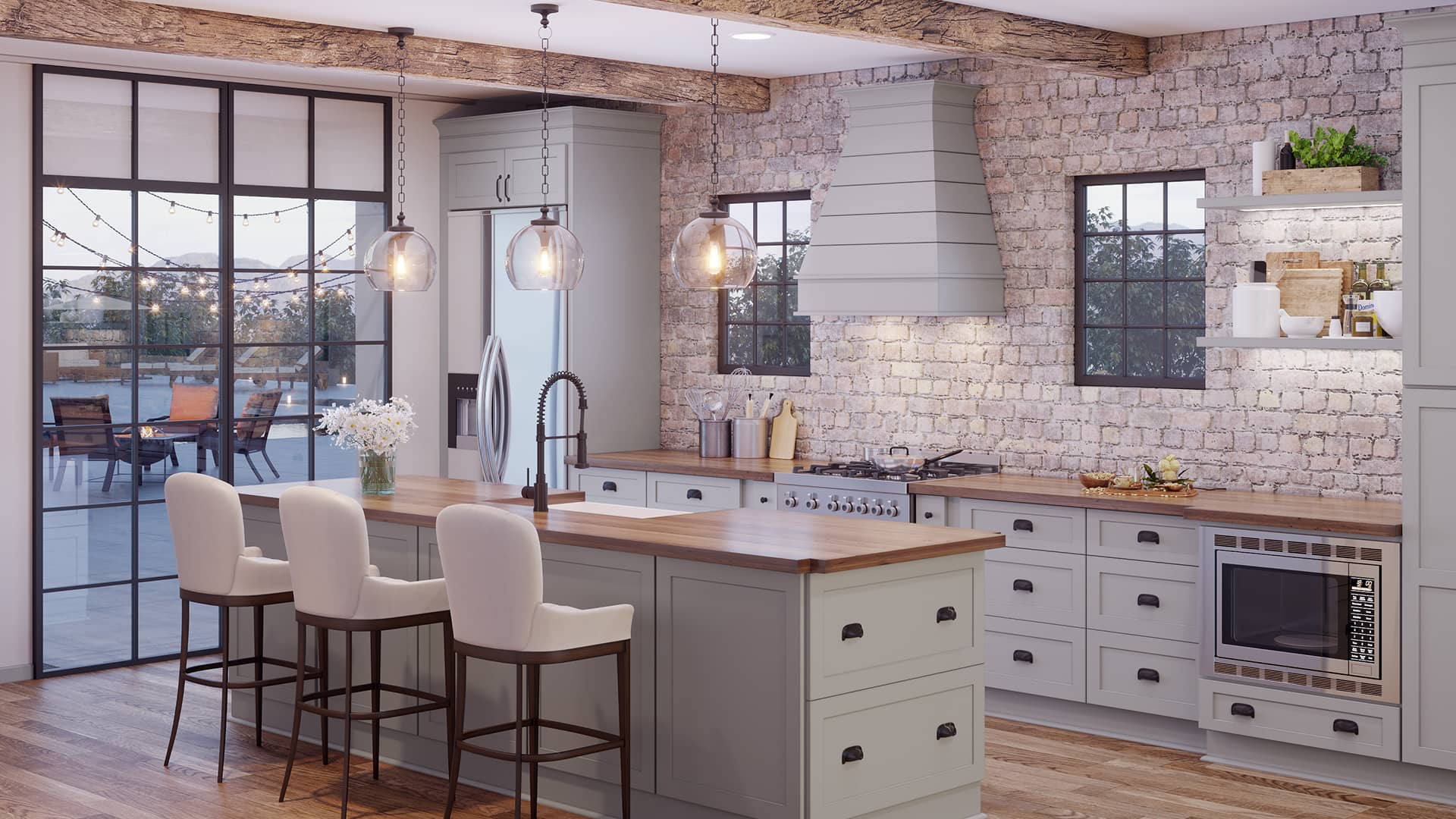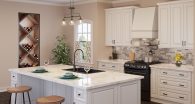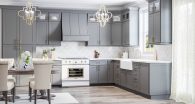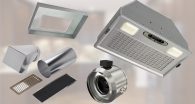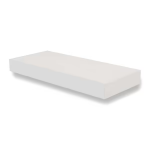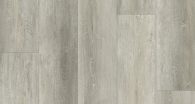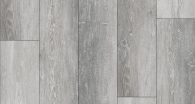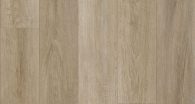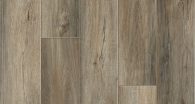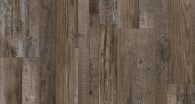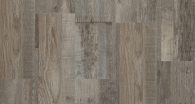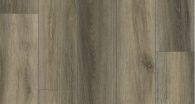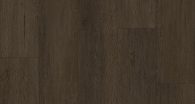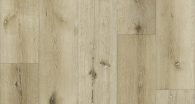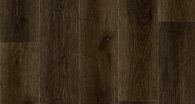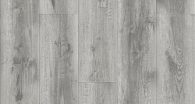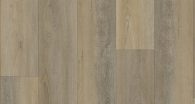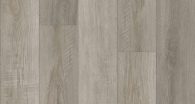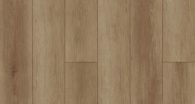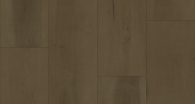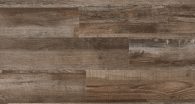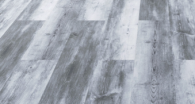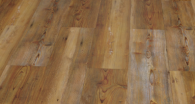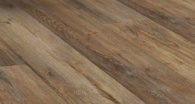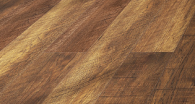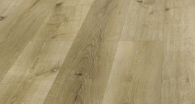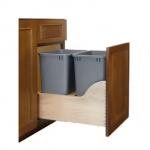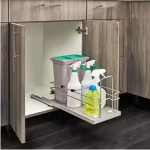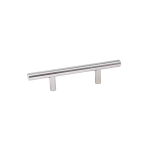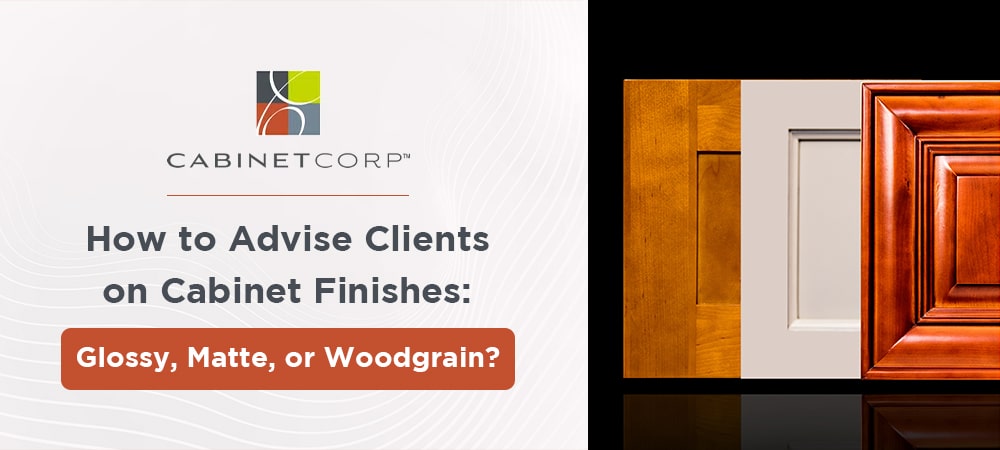Cabinet dealers, contractors, and builders play a crucial role in helping homeowners make informed decisions about cabinet finishes. The finish of a cabinet contributes significantly to the overall aesthetic, functionality, and durability of a kitchen or bathroom.
Understanding the key characteristics of each finish provides your clients with the best guidance. Let’s explore the different cabinet finishes, their pros and cons, and how to help clients select the right one.
1. Glossy Cabinet Finishes: A Sleek and Modern Look
Glossy finishes have a reflective surface, creating a sleek, polished look that makes spaces appear brighter and more spacious. These finishes account for 20-30% of the market, with 65% of consumers preferring them. They’re ideal for clients seeking a modern, upscale, and contemporary aesthetic.
Pros:
- Visually Striking: Glossy surfaces reflect light, enhancing brightness and giving the space a clean, modern feel. They work particularly well in urban or contemporary kitchens.
- Easy Maintenance: The smooth surface is easier to wipe clean, especially in kitchens where spills and smudges are frequent.
- Contemporary Appeal: Glossy finishes add sophistication and elegance, making them a popular choice for minimalistic and modern designs.
Cons:
- Visible Smudges and Fingerprints: Glossy surfaces show fingerprints, smudges, and scratches more prominently, meaning they require more frequent cleaning. 40% are dissatisfied because smudges and fingerprints appear often.
- Not Suitable for Every Style: Glossy finishes may not match rustic designs or may feel too cold.
- Best For: Clients looking to create a bold, modern look in urban spaces or who want a high-end, contemporary style statement.
2. Matte Cabinet Finishes: Subtle Elegance and Versatility
Matte finishes offer a more subdued, velvety texture that provides a soft, understated elegance. These finishes will increase in popularity by 15%. They are a popular choice for clients who prefer a timeless, neutral look that complements a variety of styles.
Pros:
- Timeless Appeal: Matte finishes blend seamlessly with modern, traditional, or farmhouse styles, offering versatility and timelessness.
- Hide Imperfections: They show fewer fingerprints, smudges, and scratches, making them perfect for low-maintenance clients. Because of their low-maintenance nature, 80% prefer matte finishes.
- Warm and Inviting: Matte finishes creating a relaxed, comfortable atmosphere, making kitchens feel cozier and more welcoming.
Cons:
- Lower Durability: Matte surfaces may show stains over time and need regular cleaning. However, they are easier to maintain than glossy finishes.
- Less Reflective: Matte finishes don’t brighten spaces as much as glossy ones, which could be a downside.
- Best For: Clients looking for a refined, durable finish that works well with modern, farmhouse, or transitional designs.
3. Wood Cabinet Finishes: Natural Beauty and Warmth
Woodgrain finishes highlight the natural texture and character of wood, offering warmth, authenticity, and a sense of craftsmanship. These finishes account for about 35% of the market. They are ideal for clients who prefer a rustic, traditional, or natural aesthetic.
Pros:
- Natural Beauty: Woodgrain finishes showcase the unique patterns and textures of wood, creating a warm, inviting feel. 75% of homeowners prefer woodgrain finishes.
- Durability: Engineered wood or treated finishes ensure long-lasting performance, especially in kitchens and bathrooms subject to heavy use.
- Timeless Appeal: Woodgrain finishes are a popular choice for creating cozy, classic, and traditional kitchen designs.
Cons:
- Higher Maintenance: Real wood finishes may require more care, such as sealing or refinishing, to maintain their appearance.
- Color Consistency: Woodgrain patterns can vary, making it difficult to match and coordinate different elements.
- Best For: Clients who prefer natural looks and want a warm, timeless kitchen or bathroom.
4. Metallic and Textured Finishes: A Bold Alternative
Metallic and textured finishes offer a unique way to create visual interest and add depth. These finishes can bring a modern or industrial edge to a space and account for 10% of the market.
Pros:
- Unique Aesthetic: Metallic or textured finishes add a bold, eye-catching element that stands out from traditional choices. The demand for these finishes will rise by 12%.
- Variety of Styles: Options like brushed metal or embossed textures suit contemporary, industrial, or eclectic design schemes.
- Durability: Often highly resistant to scratches and wear, metallic finishes offer long-term durability.
Cons:
- Limited Appeal: These finishes may not suit every client’s style preference and are best for modern or industrial looks.
- Higher Cost: Because of the materials and finishes required, metallic or textured options tend to be more expensive. 50% are deterred by the price of these finishes.
- Best For: Clients who want to make a statement and embrace a modern, eclectic, or industrial aesthetic.
5. Hybrid Finishes: A Balance Between Aesthetics and Performance
Hybrid finishes have emerged as a popular option, combining glossy, matte, and woodgrain finish elements to create a versatile, tailored look. These finishes blend the durability and ease of maintenance of matte or woodgrain with the visual appeal of glossy surfaces. Hybrid options, such as matte with subtle glossy accents or woodgrain with a sleek, smooth finish, cater to clients seeking the best of both worlds.
Pros:
- Versatility: Hybrid finishes balance modern sophistication and traditional warmth, making them suitable for various design styles.
- Durability: They provide enhanced durability and resistance to smudges or fingerprints, addressing common issues seen in glossy and matte surfaces.
- Unique Aesthetic: Hybrid finishes create a custom, personalized look that feels unique and modern without compromising functionality.
- Cons:
- Higher Costs: Hybrid finishes require specialized techniques or materials, making them more expensive than standard options.
- Limited Availability: These finishes may not be as widely available as traditional glossy, matte, or woodgrain choices.
6. Custom Finishes: Tailoring to Unique Client Needs
For clients seeking something unique, custom cabinet finishes provide the ultimate personalization. Customization allows homeowners to select textures, colors, or combinations that align perfectly with their vision. These finishes often require specialized craftsmanship or materials, making them a premium option.
Pros:
- Personalization: Custom finishes allow clients to create cabinets that reflect their style, ensuring no two kitchens or bathrooms are alike.
- Exclusive Appeal: Custom finishes offer a high-end, unique look that can add significant value to the home.
- Cons:
- Cost: Custom finishes are typically more expensive due to the labor and materials required.
- Time-Consuming: Custom options may involve longer production times and more planning, which can delay project timelines.
Advising clients on cabinet finishes requires understanding their preferences, lifestyle, and budget. By guiding them through these options, from glossy and matte to woodgrain, hybrid, and custom finishes, you ensure they make informed choices that enhance both style and function in their spaces.
Advising Clients: Key Considerations
When helping clients select the right cabinet finish, keep the following factors in mind:
- Design Style & Preference: Understanding whether your client prefers a modern, minimalist, traditional, or rustic look is crucial. Glossy finishes are best for contemporary designs, while matte and woodgrain finishes are more suited to traditional styles. Metallic or textured finishes work well for modern and industrial aesthetics.
- Durability & Maintenance Needs: High-traffic areas like kitchens and bathrooms benefit from finishes that hide fingerprints, smudges, or scratches. Matte and woodgrain finishes offer better durability and lower maintenance compared to glossy surfaces.
- Lighting & Space Size: Consider how lighting impacts the space. Glossy finishes reflect light and make spaces feel brighter, making them suitable for larger, well-lit spaces. In contrast, matte and woodgrain finishes work well in smaller or darker spaces, creating a cozier atmosphere.
- Client Budget: Some cabinet finishes, such as glossy or woodgrain, come with higher material and labor costs. Be sure to explain the trade-offs between aesthetics, durability, and budget to ensure clients make informed decisions.
Join the CabinetCorp Dealer Network
Partnering with CabinetCorp offers unmatched benefits for your business! Our Pro Dealer Program provides exclusive pricing, top-quality products, and expert support designed to ensure your success. Offer your clients custom designs with access to our free kitchen design services.
With our extensive inventory, you’ll have the products you need, right when you need them. By joining forces with CabinetCorp, you’ll gain a reliable, forward-thinking partner committed to helping your business grow.
Final Thoughts
Understanding the key features of each cabinet finish empowers you to guide your clients in making well-informed decisions. A thorough knowledge of different finishes’ benefits, aesthetics, and functionality allows clients to visualize how each option aligns with their personal style and practical needs. This ensures they choose finishes that complement their design vision and contribute to achieving a cohesive and functional kitchen space.
By providing clarity and expertise, you help clients avoid decision fatigue and uncertainty, leading to a confident selection process. Ultimately, selecting the right cabinet finish enhances both the overall aesthetic appeal and the functionality of their kitchen, creating a space that reflects their unique preferences while meeting their practical requirements.

